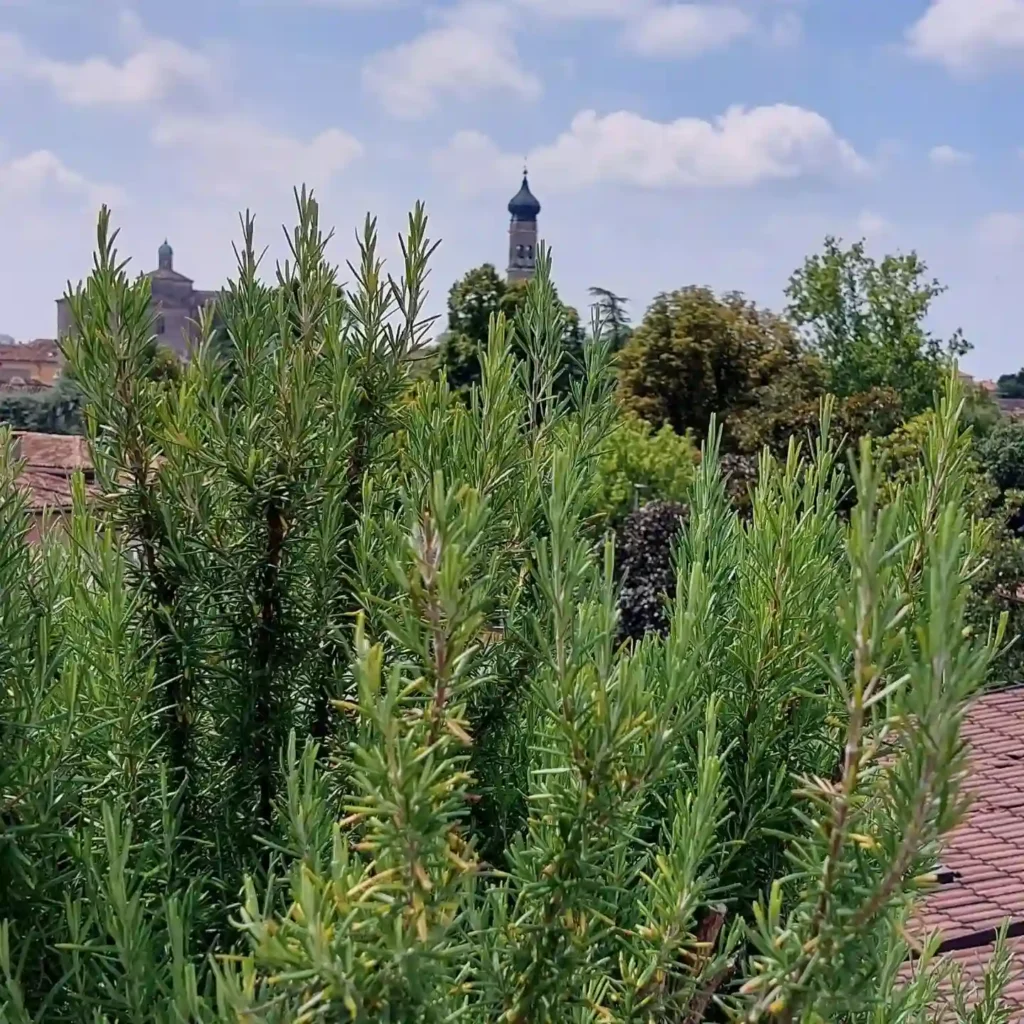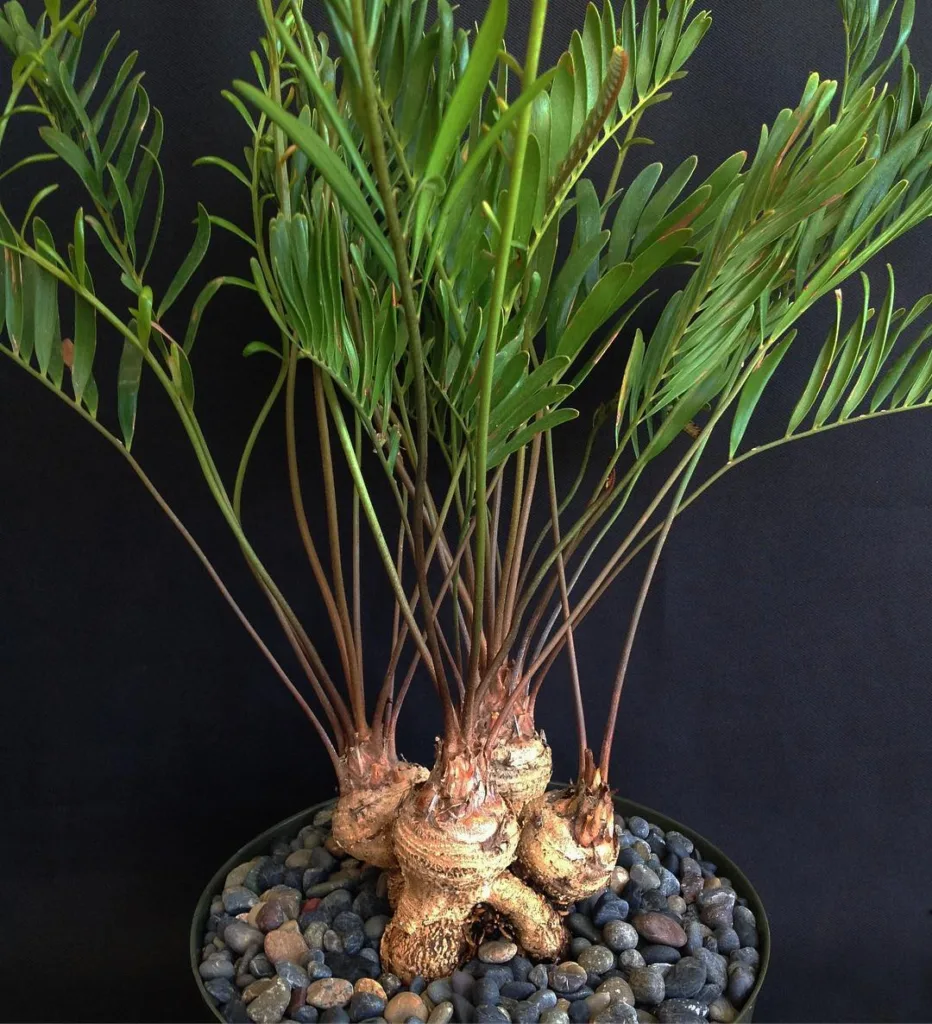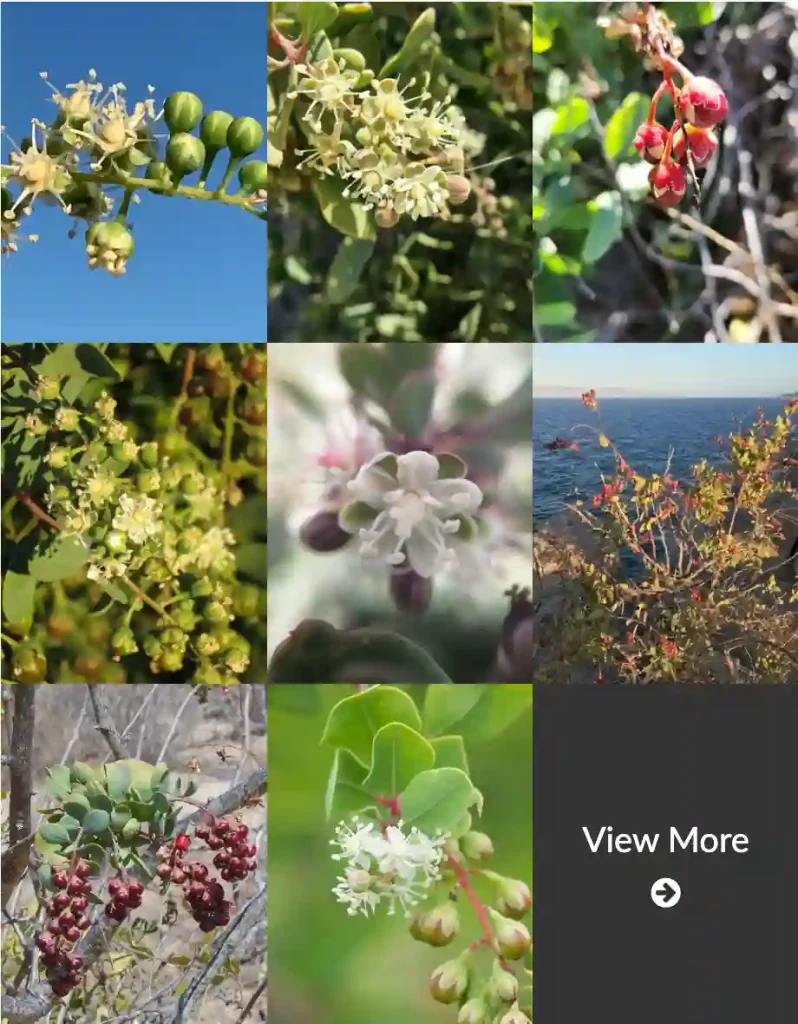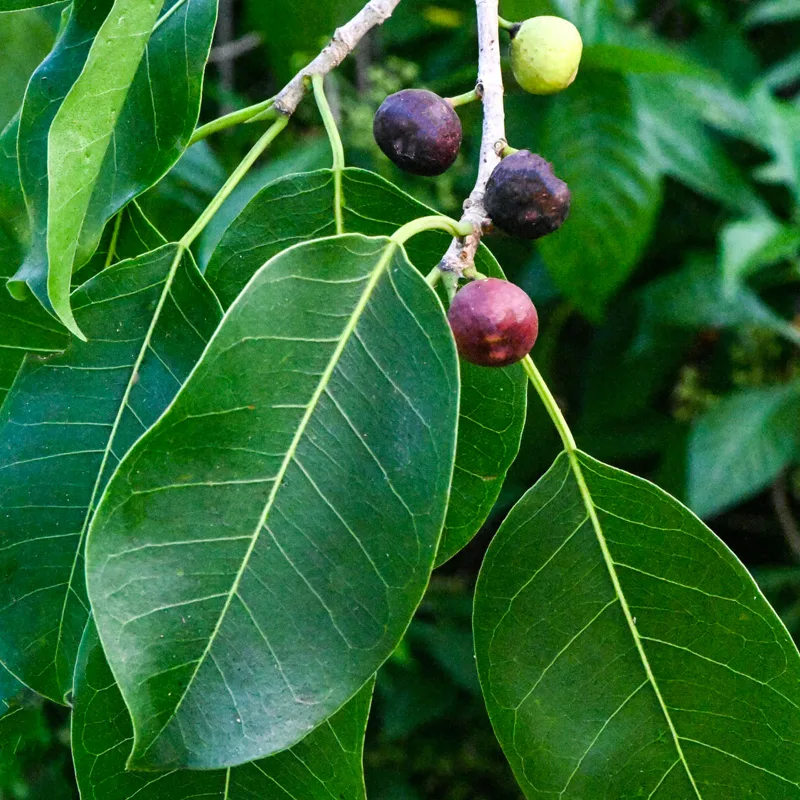Falling in Love with Bleeding Hearts: An Exploration of the Lamprocapnos Genus
My name is Ferb Vu, and I’m a plant enthusiast with a particular fondness for the delicate beauty of the Lamprocapnos genus. These enchanting flowers, commonly known as “bleeding hearts,” have captivated me with their unique heart-shaped blooms and graceful foliage. Join me as I delve into the fascinating world of Lamprocapnos, exploring its distinctive characteristics, diverse species, and the joy it brings to gardens and hearts alike.
The Allure of the Bleeding Heart
What is it about bleeding hearts that makes them so captivating? Perhaps it’s the way their pendant flowers dangle like exquisite jewels, their vibrant colors contrasting against the lush green backdrop of their foliage. Or maybe it’s the sense of whimsy they evoke, their heart-shaped petals seemingly bursting with emotion. Whatever the reason, Lamprocapnos has earned a special place in my heart, and I’m eager to share my passion with you.
Lamprocapnos belongs to the Papaveraceae family, which also includes poppies and corydalis. Native to eastern Asia and North America, these herbaceous perennials thrive in woodland settings, preferring partial shade and moist, well-drained soil. Their delicate foliage emerges in spring, followed by arching stems bearing racemes of intricately shaped flowers. Each blossom is a miniature masterpiece, with two outer petals forming a heart shape and two inner petals protruding like a drop of blood, hence the common name “bleeding heart.”
A Diverse Genus
While Lamprocapnos spectabilis (formerly Dicentra spectabilis) is the most widely recognized species, the genus boasts a diverse range of captivating varieties. Here are a few notable examples:
- Lamprocapnos spectabilis: This classic bleeding heart is native to Siberia, northern China, Korea, and Japan. It typically features rose-pink outer petals and white inner petals, creating a striking contrast.
- Lamprocapnos eximia: Also known as the fringed bleeding heart or wild bleeding heart, this North American native boasts fern-like foliage and clusters of delicate pink or reddish-purple flowers.
- Lamprocapnos formosa: The western bleeding heart, another North American species, showcases rose-purple to white flowers and attractive blue-green foliage.
These are just a few examples of the diverse beauty found within the Lamprocapnos genus. Each species offers its own unique charm, adding variety and intrigue to gardens and natural landscapes.
Cultivating and Caring for Bleeding Hearts
One of the many things I appreciate about Lamprocapnos is its relative ease of cultivation. These resilient plants can thrive in a variety of conditions, making them a popular choice for gardeners of all skill levels. Here are a few tips for successfully growing bleeding hearts:
- Planting: Choose a location with partial shade and well-drained soil. Amend the soil with organic matter to improve drainage and fertility.
- Watering: Keep the soil consistently moist, but avoid overwatering, which can lead to root rot.
- Fertilizing: Apply a balanced fertilizer in spring to encourage healthy growth.
- Pruning: Deadhead spent flowers to promote continued blooming. Cut back foliage to the ground in fall after it has yellowed.
With proper care, your bleeding hearts will reward you with an abundance of beautiful blooms year after year.
The Joy of Bleeding Hearts
For me, Lamprocapnos represents more than just a beautiful flower. It symbolizes the delicate balance between strength and vulnerability, its heart-shaped blooms conveying a sense of both joy and sorrow. Whether gracing a woodland garden or adorning a vase on my table, bleeding hearts bring a touch of magic and wonder to my world.
I encourage you to explore the enchanting world of Lamprocapnos for yourself. Discover the diverse beauty of its various species, experience the joy of cultivating these captivating plants, and let their delicate blooms inspire a sense of wonder in your own heart.
If i die, water my plants!



